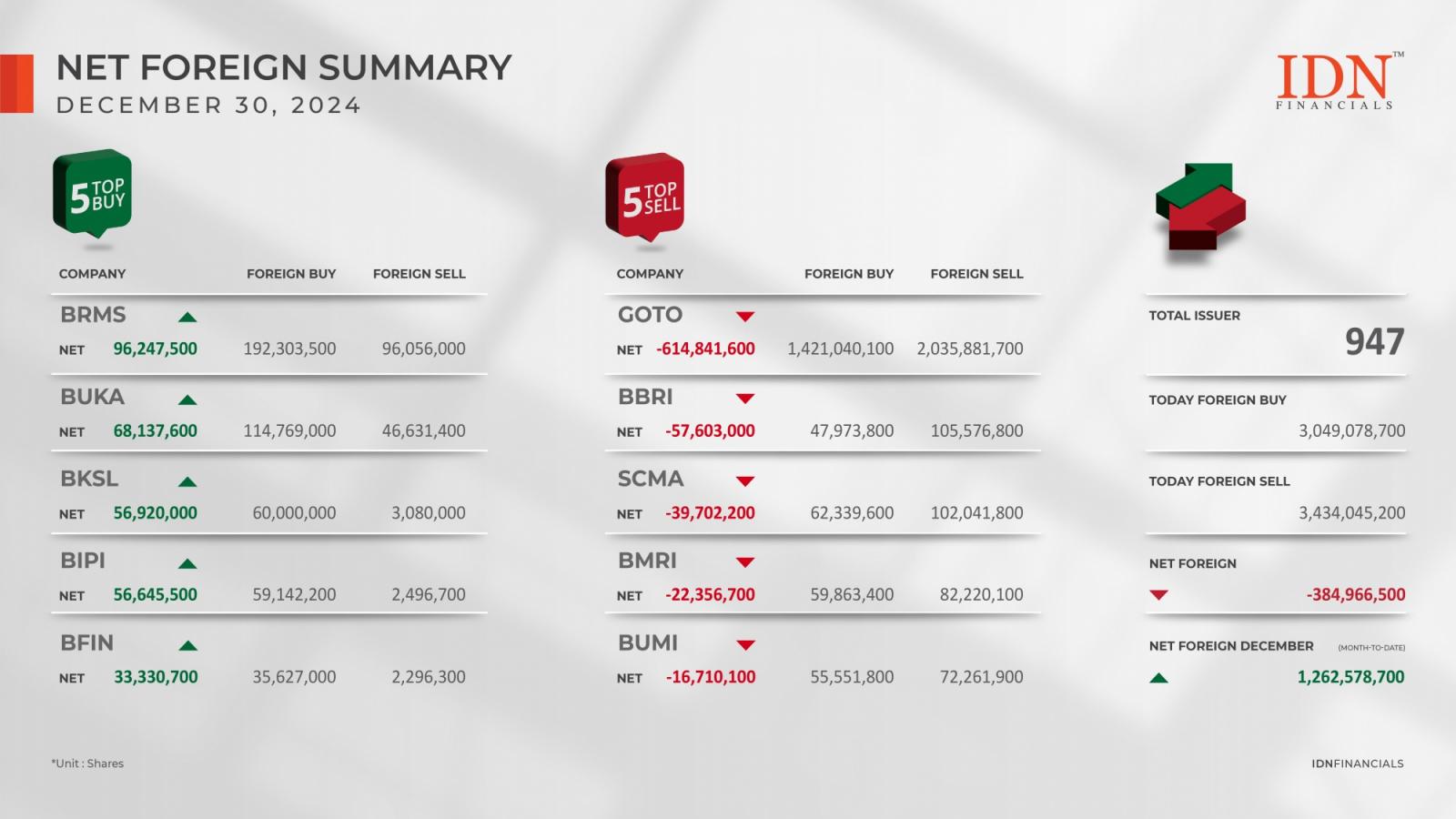
The U.S. dollar climbed higher on Thursday, lifted by encouraging economic data.
Data from the Labor Department showed initial jobless claims edged down to 210,000 in the week ended March 16th, a decrease of 2,000 from the previous week\'s revised level of 212,000.
The dip surprised economists, who had expected jobless claims to rise to 215,000 from the 209,000 originally reported for the previous week.
The National Association of Realtors also released on report showing existing home sales unexpectedly continued to soar in the month of February.
NAR said existing home sale index spiked by 9.5% to an annual rate of 4.38 million in February after jumping by 3.1% to a rate of 4.00 million in January.
The continued surge came as a surprise to economists, who had expected existing home sales to pull back by 1.5 percent to a rate of 3.94 million.
With the unexpected increase, existing home sales reached their highest level since hitting an annual rate of 4.530 million in February 2023.
A report released by the Conference Board showed its reading on leading U.S. economic indicators unexpectedly increased for the first time in two years in February, inching up by 0.1% in the month, after falling by 0.4% in January.
The dollar index surged to 104.05, gaining nearly 0.6%.
Against the Euro, the dollar firmed to 1.0860, gaining from 1.0923. The dollar strengthened to 1.2655 against Pound Sterling, gaining more than 1%, after the Bank of England held interest rates.
The Swiss franc lost ground after the Swiss National Bank surprisingly cut interest rate, lowering the policy rate by a quarter point.
Against the Japanese currency, the dollar was up, fetching 151.62 yen a unit. The Aussie weakened against the dollar, easing to $0.6571, while the Loonie weakened to C$ 1.3530 a U.S. dollar.





